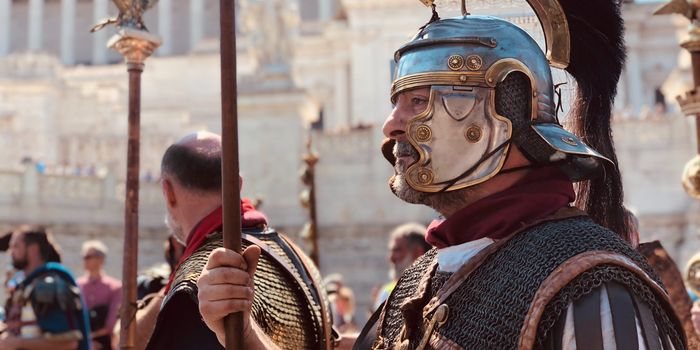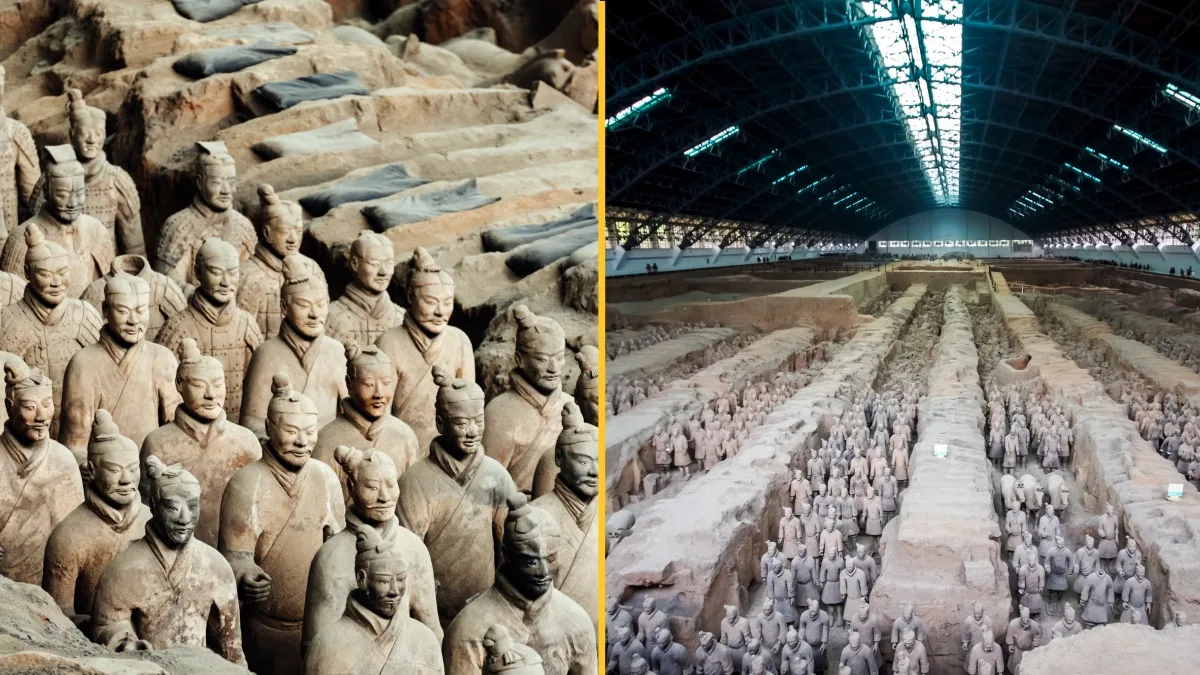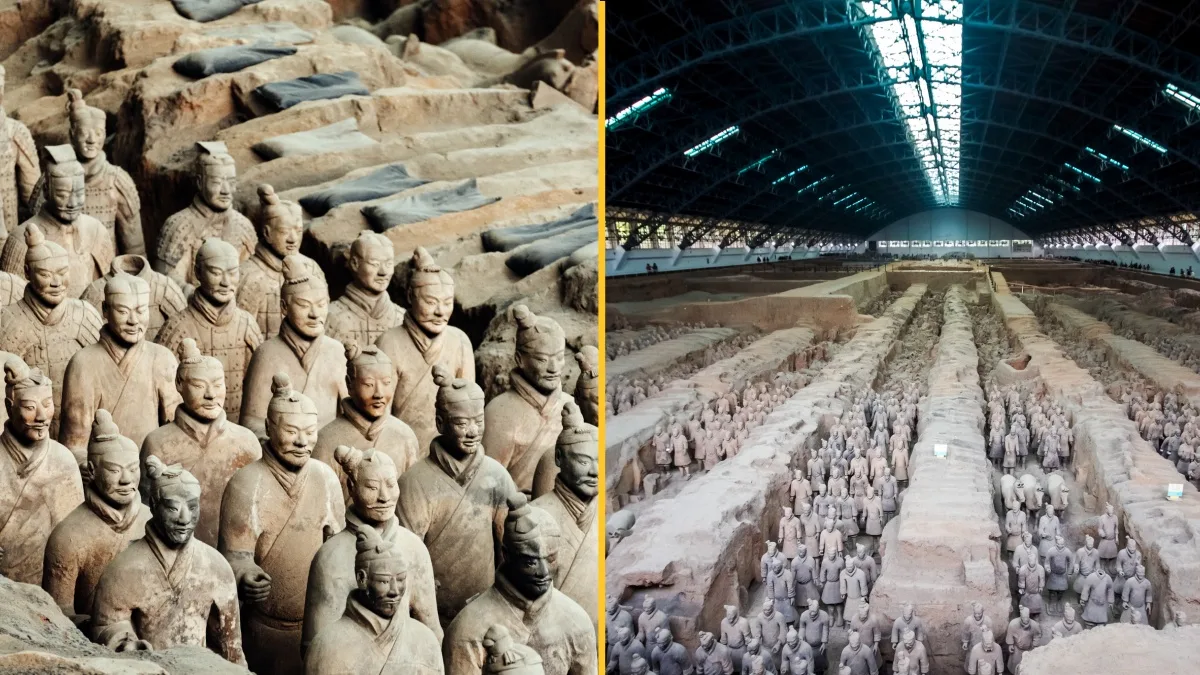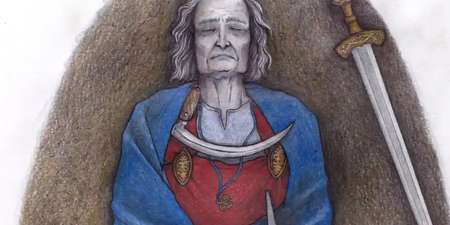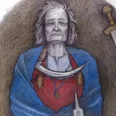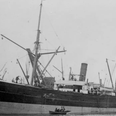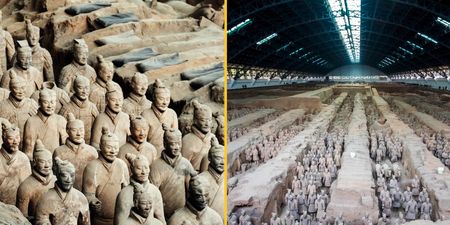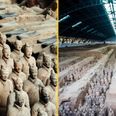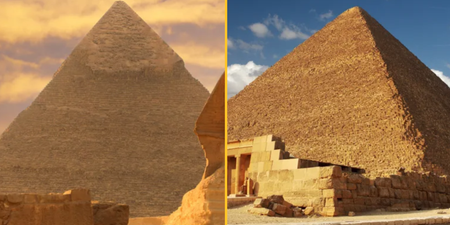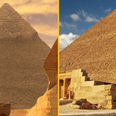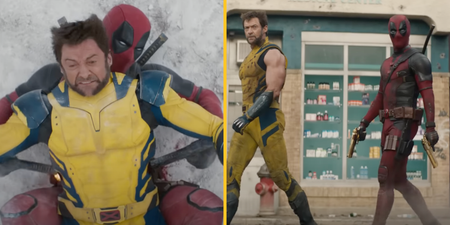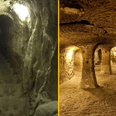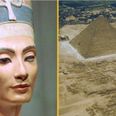The bust will be returned to Germany next year
After purchasing a bust from Goodwill, a woman has discovered that it’s actually from ancient Rome and has been lost since World War II.
Art collector Laura Young from Austin, Texas, purchased the bust back in 2018 have found it tucked away. According to the Art Newspaper, Young found the marble bust on the floor, under a table, where it looked “pretty dirty, pretty old.”
Young purchased the bust for $34.99, thinking that someone would buy it from her for a garden statue. Over the next few years, Young attempted to track its origin by talking with numerous auction houses and experts at the University of Texas at Austin.
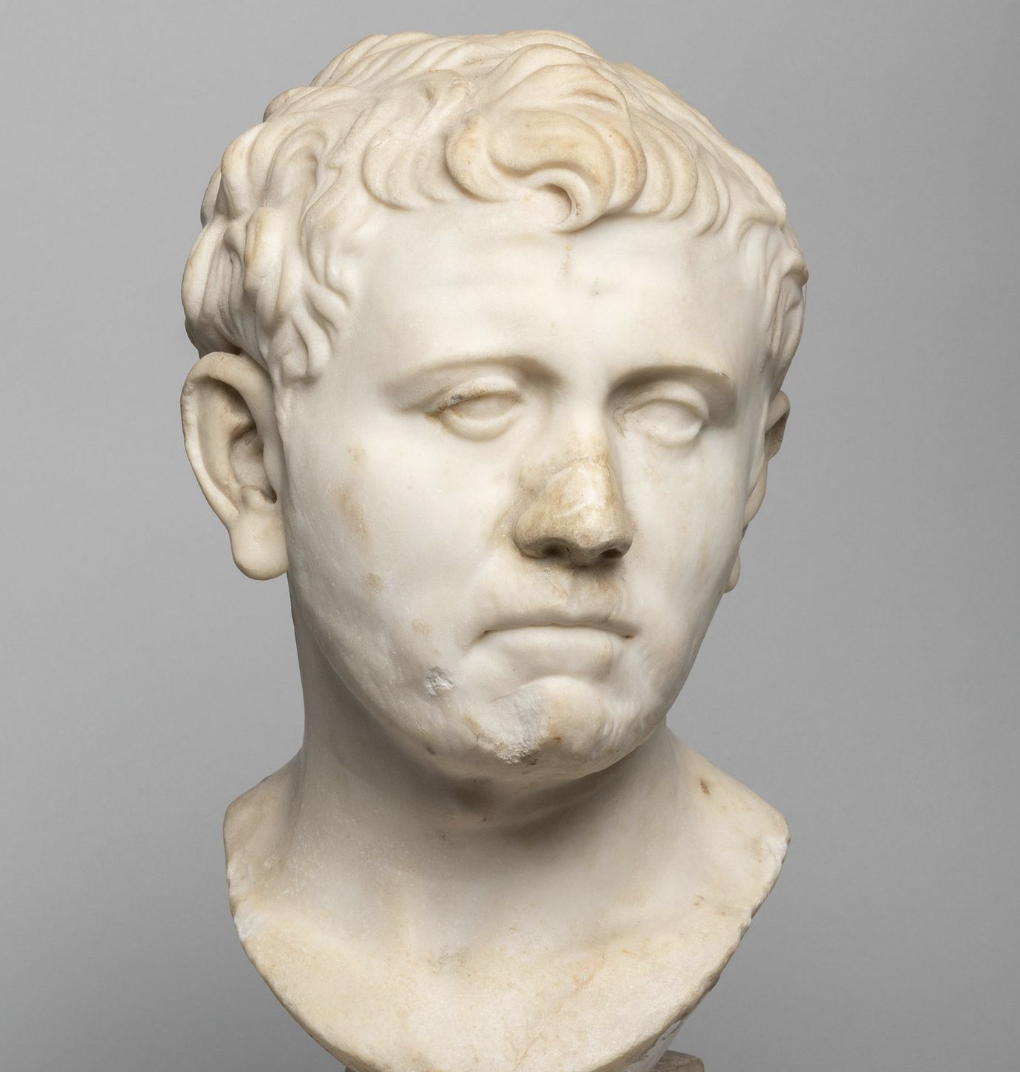
“I’ve found a lot of interesting things at Goodwill in the past,” Young said, noting she once found a Chinese painting worth $63,000.
Sotheby’s consultant Jörg Deterling was able to identify the bus, placing its origin in Ancient Rome. Specifically, the art piece belonged to King Ludwig I of Bavaria, verified by the Bavarian Administration of State-Owned Palaces, Gardens, and Lakes.
It’s believed that the bust portrays Pompey the Great, who Julius Caesar killed during a civil war.
The bust is currently on display at the San Antonio Museum of Art and will return to Germany after May 21, 2023.
Want to know the story of how a Roman bust from Germany was found in Texas? Read about this unbelievable Goodwill find and see it in person today at SAMA!https://t.co/V8q0nmEf9J
— San Antonio Museum of Art (@SAMAart) May 4, 2022
“We are very pleased that a piece of Bavarian history that we thought was lost has reappeared and will soon be able to return to its rightful location,” said Bernd Schreiber, president of the Bavarian Administration of State-Owned Palaces, Gardens, and Lakes, in a statement.
While it’s not immediately clear how a roman statue ended up in a charity shop across the world, the last known location was Bavaria, Germany, during the Second World War. The bust was on display at the Pompejanum, a replica of a Roman villa, when allied forces bombed the location in January 1944. Following the war’s end, the US military occupied the area, and it’s believed a soldier took the bust back to Texas.
Related Links:
- Mystery surrounding Tutankhamun’s ‘space dagger’ made of metal from a meteorite finally solved
- A-level history textbook criticised over ‘shocking’ Native American question
- 1980 ‘computer ghost’ accuses couple of stealing home through spooky digital messages
